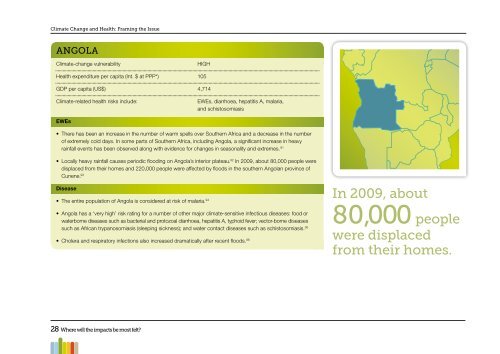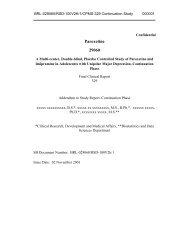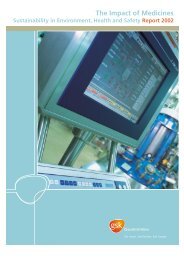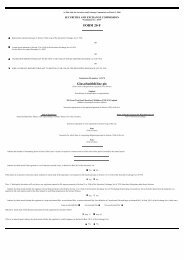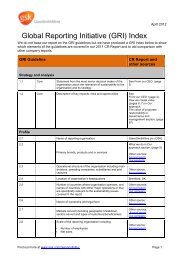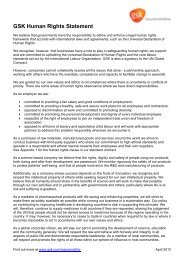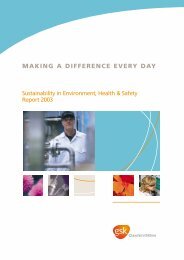Climate Change and Health: Framing the issue
Climate Change and Health: Framing the issue
Climate Change and Health: Framing the issue
You also want an ePaper? Increase the reach of your titles
YUMPU automatically turns print PDFs into web optimized ePapers that Google loves.
<strong>Climate</strong> <strong>Change</strong> <strong>and</strong> <strong>Health</strong> <strong>Health</strong>: <strong>Framing</strong> Paper <strong>the</strong> Issue<br />
ANGOLA<br />
<strong>Climate</strong>-change vulnerability HIGH<br />
<strong>Health</strong> expenditure per capita (Int. $ at PPP*) 105<br />
GDP per capita (US$) 4,714<br />
<strong>Climate</strong>-related health risks include: EWEs, diarrhoea, hepatitis A, malaria,<br />
<strong>and</strong> schistosomiasis<br />
EWEs<br />
• There has been an increase in <strong>the</strong> number of warm spells over Sou<strong>the</strong>rn Africa <strong>and</strong> a decrease in <strong>the</strong> number<br />
of extremely cold days. In some parts of Sou<strong>the</strong>rn Africa, including Angola, a significant increase in heavy<br />
rainfall events has been observed along with evidence for changes in seasonality <strong>and</strong> extremes. 91<br />
• Locally heavy rainfall causes periodic flooding on Angola’s interior plateau. 92 In 2009, about 80,000 people were<br />
displaced from <strong>the</strong>ir homes <strong>and</strong> 220,000 people were affected by floods in <strong>the</strong> sou<strong>the</strong>rn Angolan province of<br />
Cunene. 93<br />
Disease<br />
• The entire population of Angola is considered at risk of malaria. 94<br />
• Angola has a ‘very high’ risk rating for a number of o<strong>the</strong>r major climate-sensitive infectious diseases: food or<br />
waterborne diseases such as bacterial <strong>and</strong> protozoal diarrhoea, hepatitis A, typhoid fever; vector-borne diseases<br />
such as African trypanosomiasis (sleeping sickness); <strong>and</strong> water contact diseases such as schistosomiasis. 95<br />
• Cholera <strong>and</strong> respiratory infections also increased dramatically after recent floods. 96<br />
028Introduction<br />
28 Where will <strong>the</strong> impacts be most felt?<br />
In 2009, about<br />
80,000 people<br />
were displaced<br />
from <strong>the</strong>ir homes.


